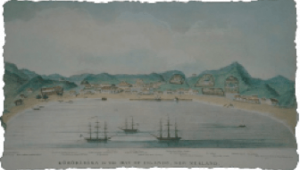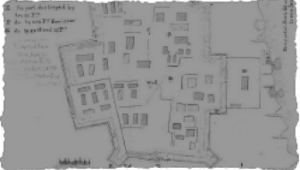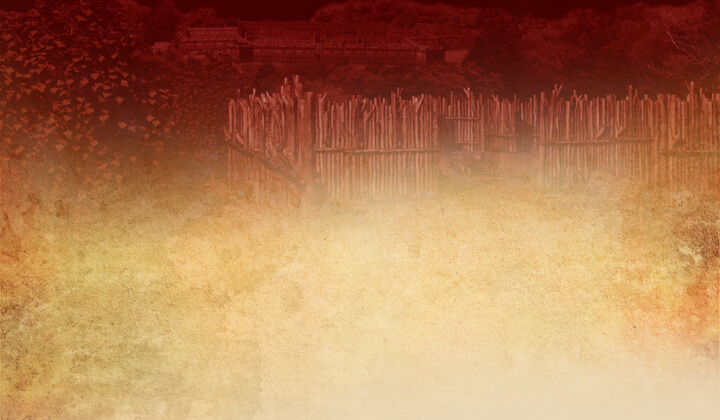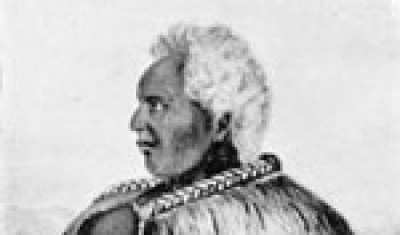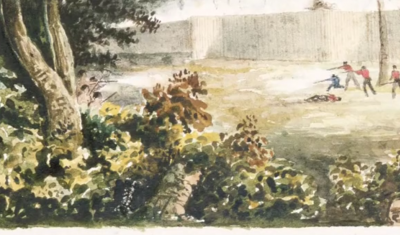
The capture of Te Ruapekapeka
(11 January 1846)



The following day on 11 January 1845, a Sunday, a reconnaissance party of Nene’s men found the pā to be virtually deserted. Despard ordered his troops to storm the breach. Kawiti himself was inside, but most of the warriors were in the area behind the pā. There are several theories as to what they were actually doing out there.
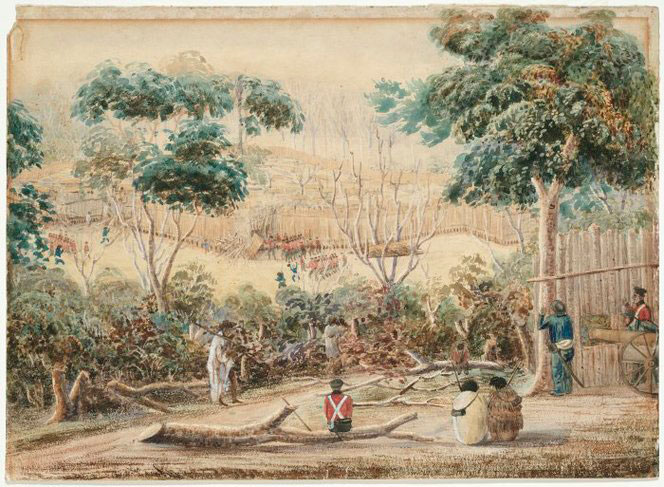
Depiction of soldiers storming through the breach in the outer defences of Ruapekapeka Pā.
By C. Bridge. From the Alexander Turnbull Library ref. A-079-007
It is possible that the warriors were simply sheltering from the bombardment. Another explanation has them attending church. After all, it was Sunday and by that stage many Māori had converted to Christianity. The defenders – overestimating the piety of their adversaries – did not expect an attack on the Sabbath.
Historian James Belich highlights the idea of a tactical retreat. He argues that the defenders deliberately allowed the soldiers to enter the pā, intending to lure them into a trap set in the trees out the rear.1 There certainly were defences behind the pā, namely hidden firing positions and a breastwork of fallen trees. However the “trap” theory is disputed. Others have argued that the defences behind the pā were for the purpose of covering the withdrawal.
Whatever the case, it seems that the British troop surprised Kawiti and his men. Kawiti himself was whisked away, for Ngāti Hine could not allow their ariki to be captured. He men fought on fiercely, engaging the British from the area behind the pā. A group of about 50 soldiers and sailors rushed out in pursuit of Kawiti and his escorts, straight into a volley of musket fire. The warriors made good use of the ambush positions among the trees, and this is where the British suffered most of their casualties – 12 killed and 29 wounded. Lieutenant Balneavis wrote that “had our men not going out to the back of the pā, exposing themselves without necessity to the enemy, who were in and behind the trees, very little loss would have occurred”.2
Unable to prevail in the bush, the British pulled back into the pā itself. With the soldiers firmly ensconced inside, the warriors could not have retaken the pā even if they had wanted to (which is doubtful). They melted away into the bush, heading southwards to various destinations.
It is not known how many of the defenders were killed or wounded, as a complete list of causalities was not compiled at the time. Estimates of the number of fatalities have ranged from nine to twenty five. Tradition has it that they took their dead with them, although several British sources mention a grave for some of Kawiti’s men nearby the pā. The soldiers buried their dead in a mass grave with a rough paling fence around it. Unfortunately, the location of the grave has since been forgotten.
